Some thoughts and discussions from me.
Good morning! I hope you had a great weekend – and a happy Thanksgiving for those of you in the US.
I kicked off my Thanksgiving morning with some deadlifts, and then came back home to prepare my Thanksgiving dish – maple bacon Brussels Sprouts – to take to our friend, Susie’s house. Shane and I don’t have any family here, but our group of friends sure feels that way.
The rest of the weekend was spent working, hanging with friends, getting in some workouts, and painting.
Lots of painting. We’re changing up our walls from “builder beige” to some colors with a little more personality. Truthfully, I just can’t wait for it to be done.
Now that we’ve officially entered “the holiday season” I thought it would be a good time to address some fitness myths and truths. The first one being that the average person gains 5-10 pounds from Thanksgiving to New Years.
That, in fact, is SO NOT TRUE. The average amount of weight gained is actually closer to one single pound. Some people gain more than that, and some less. But when you hear fitness professionals or media claim that people gain 10 pounds? It’s likely they’re trying to scare you into buying their product – ha!
Now, chances are you already know about most of these, but even though we know it’s a fitness myth, the subtleties of women’s fitness media that try to convince its readers otherwise are, well, effective at their job.
5 Fitness Myths and Truths You Need to Know
[Tweet “5 Fitness Myths and Truths You Need to Know”]
#1. The Long Lean Muscles Myth
Think back to when you’ve heard (or possibly said,) “I don’t want bulky muscles. I want long lean muscles like a dancer!” The notion that certain styles of lifting and exercising can produce long, lean muscles, while others produce bulky, short muscles is 100% impossible.
Building all teh muscles.
Truth: when we build muscle, we build muscle. The shape and size of it depends on its anatomical structure, as well as your genetics. It has nothing to do with what exercise you’re doing.
[Tweet “Myth debunked: you cannot create long, lean muscle. you just build muscle..”]
That said, certain styles of training can produce greater hypertrophic (muscle-building) effects. Typically, when women say they want long lean muscles, it means the same thing as saying you want to “tone up” – lose body fat in order to see the muscles, and maybe build just a little muscle tone.
#2. The Spot Reducing Myth
I think we’re all aware by now that you can’t spot reduce body fat, but then there are some people who say “I know you can’t spot reduce, but can we add in some ab work? I’d like to start seeing my abs.” It’s like I mentioned before, even though we know we something is a myth, there’s enough manipulative media out there that hints that we actually really can!
Truth: we can’t. Plain and simple. Doing all of the back exercises in the world won’t burn off any “back fat,” just as doing 30 minutes of ab work won’t make you see your abs. What will? Fat loss – aka being in an energy deficit, aka a negative energy balance, aka eating less calories than you burn. For fat loss – in certain places and all over, rely on the trifecta of proper strength training, conditioning, and decreasing stress.
#3. Breakfast is the Most Important Meal of the Day
There have been many studies now the debunk the myth that starting off your day with breakfast is the best thing you can do for your nutritional health. Eating breakfast has now shown to have no affect on “jump starting” your metabolism. Rather, the amount of food eaten throughout the day – no matter when – has more of an effect through digestive thermodynamics.
There are correlative studies that show those who eat breakfast tend to weigh less and have healthier habits, but not causative.
Truth: Inconclusive as to which meal is the most important of the day. That said, I typically find clients who do eat a protein- and veggie-rich breakfast – especially those who workout in the morning – tend to have better nutritional habits the rest of the day.
#4. Lifting Makes you Bulky
The blanket statement that lifting makes women bulky is becoming less and less popular with the rise in popularity of strength training among women (which I find liberating and relieving.)
I’ve covered this a few times on the blog, but lifting alone isn’t what makes one bulky. It depends on the starting point of the person, the type of training, and most importantly, what the energy balance is (positive, negative or equal.)
Truth: I actually covered whether lifting can make you bulky in this post. Lifting can make you bulky, but there are other factors involved mentioned above, as well as your definition of bulky.
#5. If I Workout like X, I’ll Look like X
You see a fitness guru post a selfie on Instagram with six pack abs. She posts her workout below. Ergo, if one does that workout, one will get six pack abs? Not necessarily.
Another example is when a fitness magazine features a celebrity on the cover, and inside they post their signature workout routine, and how we, too, can get their gorgeous legs. But maybe not.
[Tweet “If you work out like Jill, will your body look like Jill’s? via @TrainerPaige”]
Truth: this is heavily dependent on your genetics. While I tend to be slimmer in the abdominal region, I’ll always have thicker thighs with a little cellulite. Other women may carry their weight in the middle, and in order for them to “see their abs” or get a six pack, that might mean becoming so lean that it’s not healthy. Our shape is dependent on our genetics. We can work with our shape, but not against it.
[Tweet “5 Fitness Myths and Truths You Need to Know #fitfluential”]
Your turn! What other fitness myths have you heard recently (or in the past??)

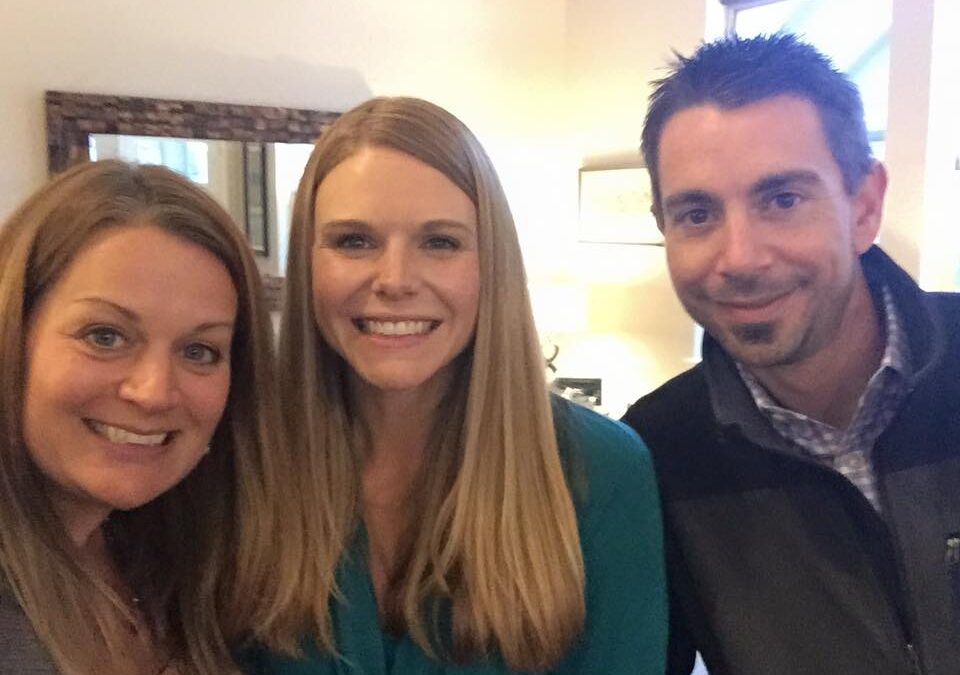
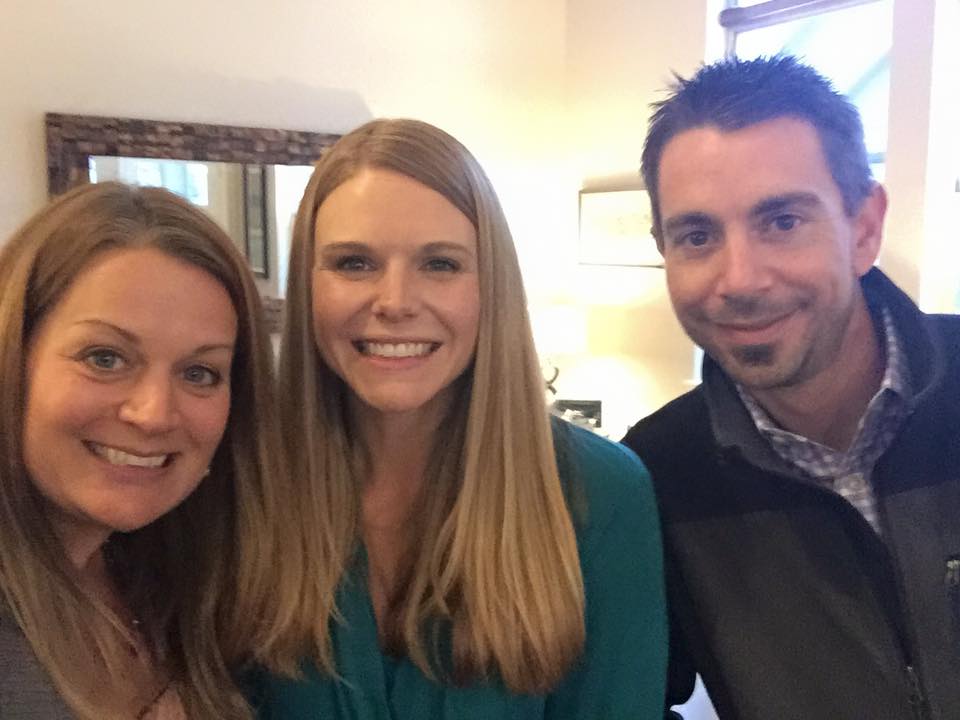

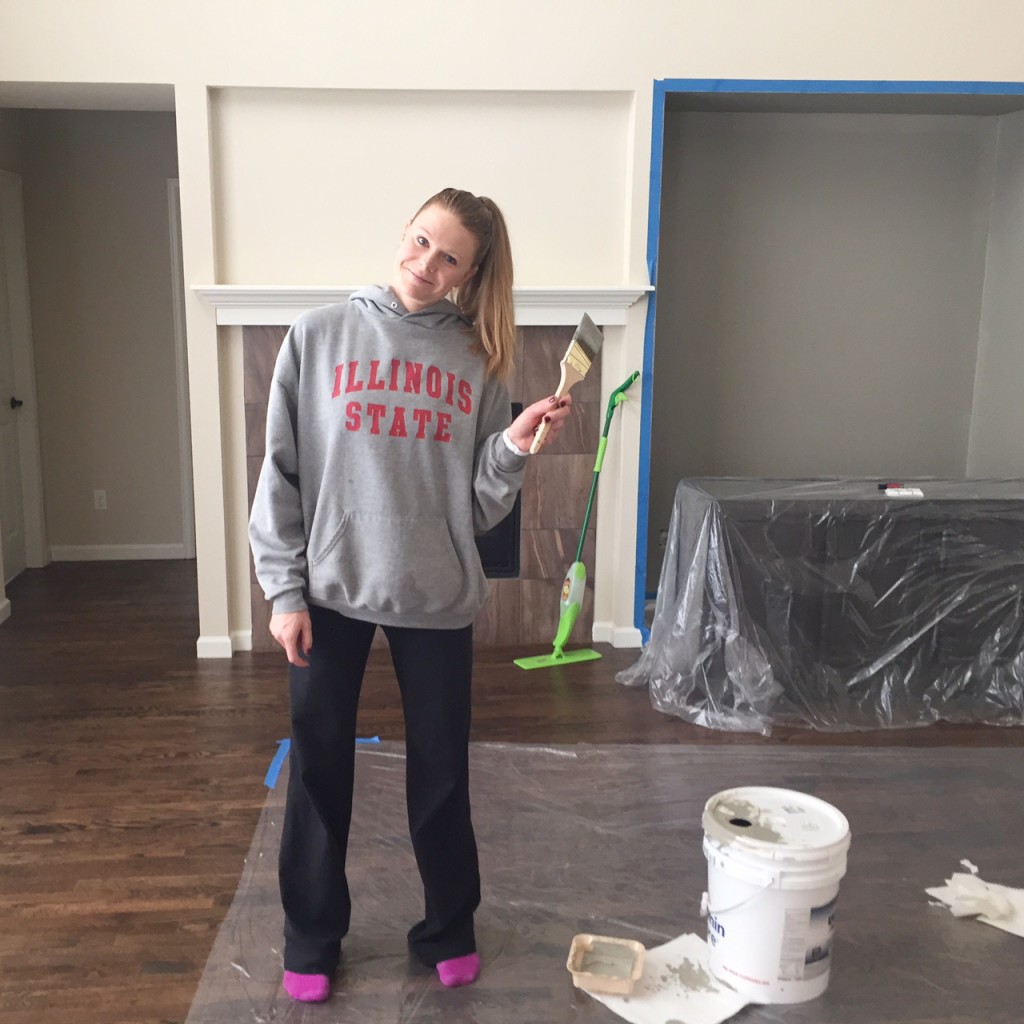
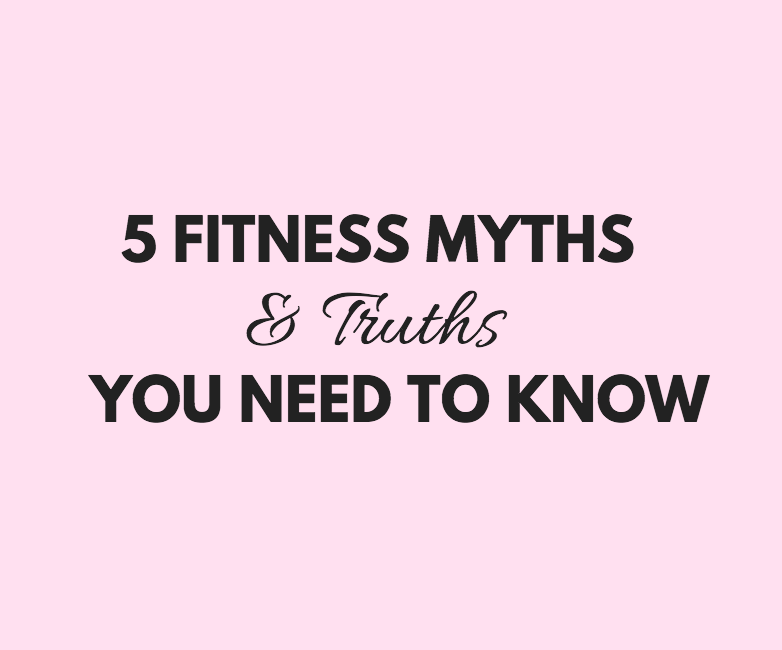
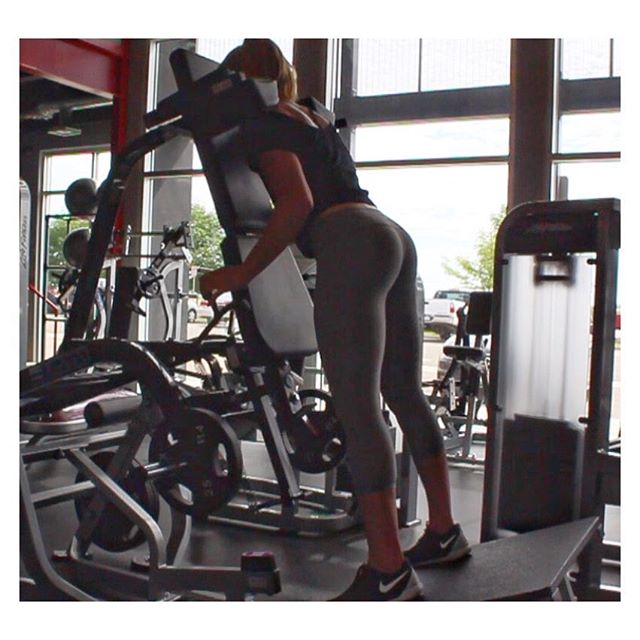
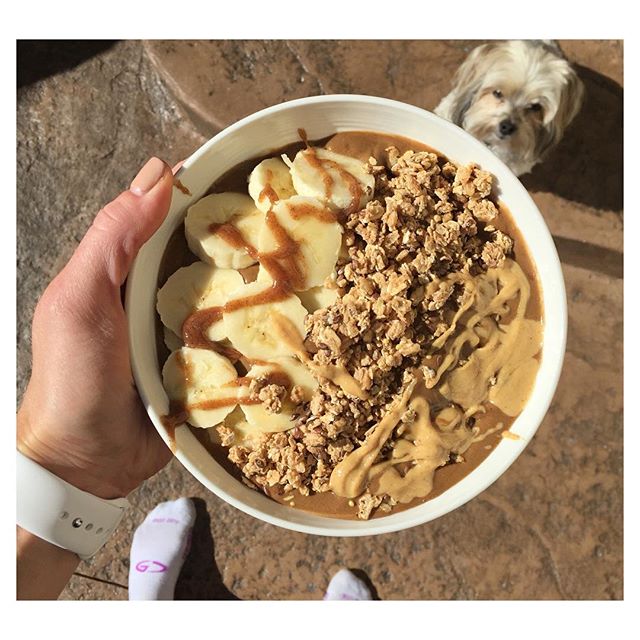

I made bacon brussels for Thanksgiving too! I’ve heard all these from clients! Participants in my classes always as about getting rid of back fat and never want to leave a workout without doing abs. Have you heard of the 17 day diet? I had a friend do the diet portion of it, but there is also a workout component. There are like 3 17 minute workouts. One is abs. Another is 8.5 minutes of lunges and 8.5 minutes of squats. The other 8.5 minutes of triceps and 8.5 minutes of biceps…to blast arm and leg fat. I had quite a big chuckle when I read it!
Jen recently posted…MODALITY OF THE MONTH: STRENGTH TRAINING
OH man…THIS is what continues to perpetuate that myth! lol
Love love love this!! I think you covered all the ones that immediately come to mind. Spot reducing is such a common question I hear — don’t I WISH that worked. 😉
HA! You and me (and a million others) both, girlfriend 😉